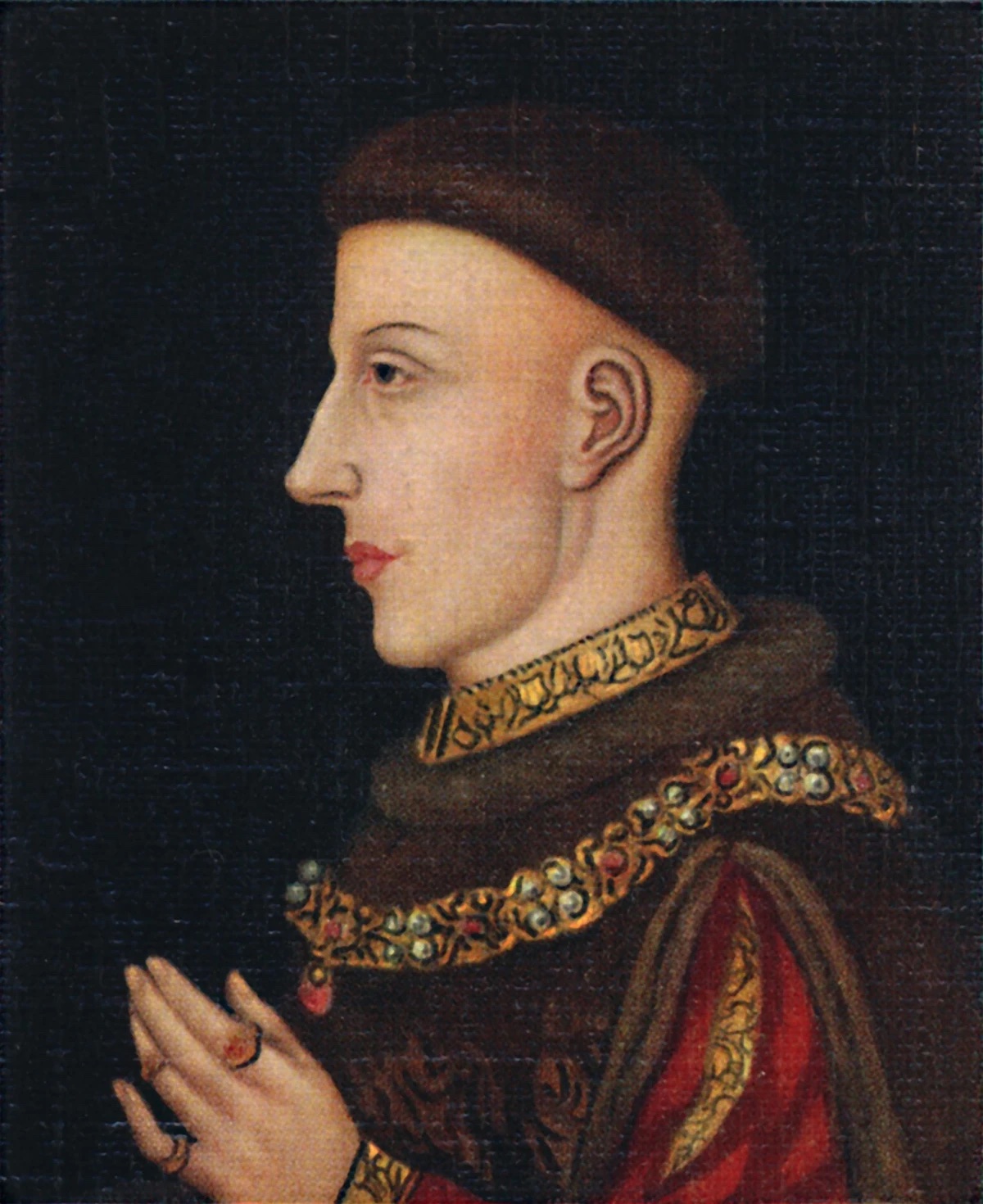
There are many historically important people in the world of beekeeping, some were Scientists, Doctors, Authors, Kings, Gods and of course beekeepers themselves. In recognition of many of these individuals I have pulled together a list of some of the notable, more obscure and incredible people to have been connected and directly involved in the world of beekeeping.
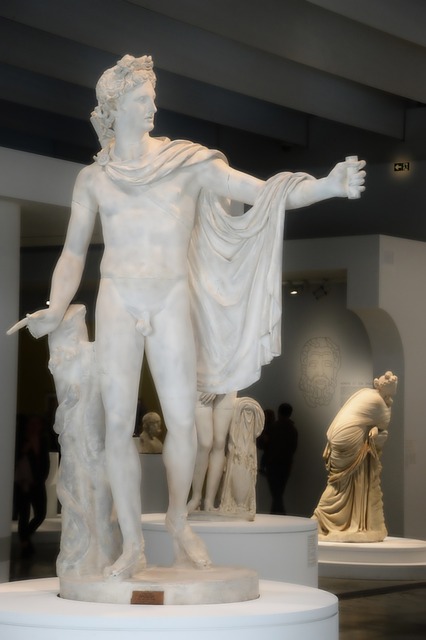
The ancient civilisations of the world had a close connection to bees and regarded honey bees as god like and were thought of as the direct workers of the god Gaia or “mother earth”. One of the first recorded beekeepers was Apollo and was said by Greek mythology to have been directly trained by Gaia in the art of beekeeping.
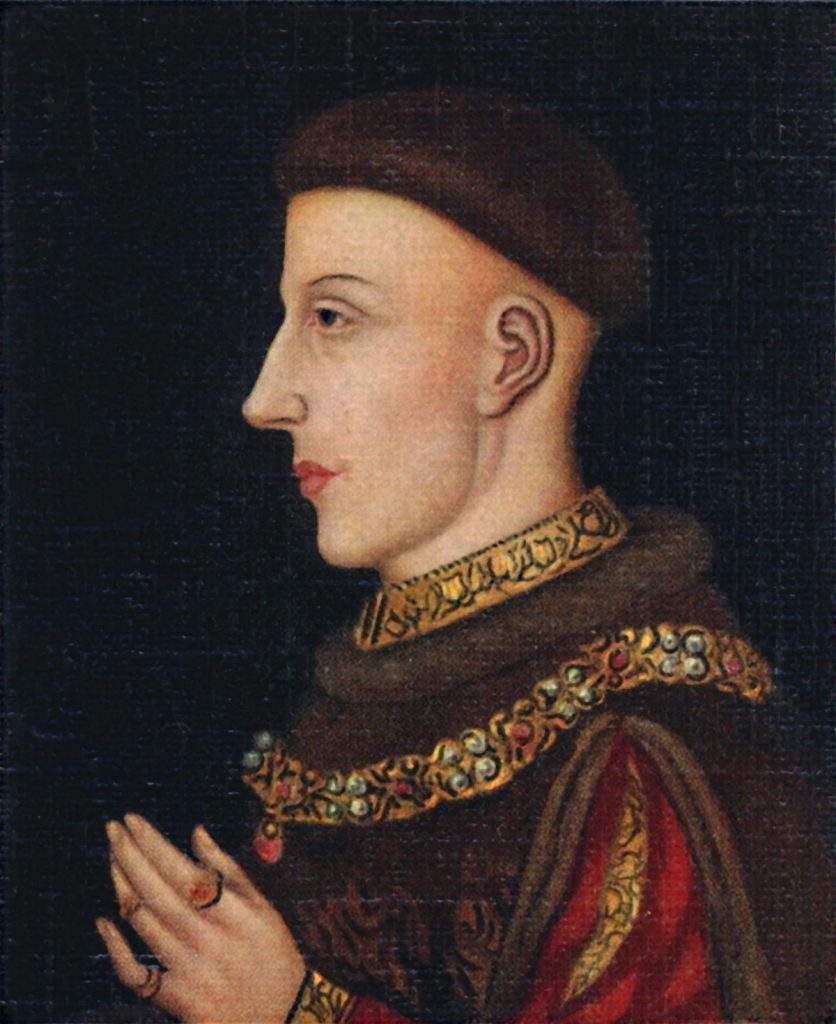
Although not a documented beekeeper Henry V is historically one of the most important figures to have benefited through the saving of his own life as a result of beekeeping. Henry’s experience is a remarkable tale of the health benefits of honey.
You may have noticed that Henry is rarely if ever depicted face on in paintings but always in profile. This is as a result of Henry receiving a cross bow bolt shot to the face during the Battle of Shrewsbury in 1403. The fact that Henry even survived this injury is remarkable but the treatment he received to recover is even more astonishing. The bolt pierced Henry through the front of his face passing diagonally through the Kings skull to become lodged at the back, a million to one shot. The wound was so grievous few people if any believed he could survive.
With the King and England in peril courtiers set about the search for a physician with the skill and bravery necessary to save the King. A surgeon with the name of John Bradmore was sent for. Remarkably Bradmore was under arrest at the time having been jailed on suspicion of counterfeiting coinage. Bradmore was said to have had remarkable surgical skill having had access to rare and banned Roman texts which explained the process of administering battlefield surgery and the treatment of wounds with a combination of raw honey and wine.
It is believed the Church banned access to this Roman knowledge believing it to be pagan witchcraft with the texts kept from public view and maintained as a closely guarded secret. It is not known how Bradmore came to have access and learn from the texts. Many believe the Church deliberately concealed and stopped the dissemination of this knowledge as it knew the treatments to be effective but preferred to keep the masses confined to ignorance.
In addition to understanding how to manage infection Bradmore was also said to be an expert metal worker. He is reported to have fashioned a tool which attached to the Kings face and slowly removed the cross bow bolt day by day, millimeter by millimeter.
As the bolt was steadily removed from the Kings skull it left behind a gaping wound. Bradmore is said to have packed the wound with honey and wine soaked gauze. The antimicrobial and antibacterial combination of the honey and wine protected the King from infection and allowed the wound to heal.
Remarkably the use of honey soaked bandages and gauzes in the use of infection control is still little known about by the general public. Fortunately clinicians are trained in the use of medical honey today and prescribe it in certain situations. You can find out more about the use of medical honey in this NHS Leaflet.
Without beekeeping, honey and the acquired knowledge of its curative properties Henry would have certainly died and the future of England changed beyond recognition. One to remember the next time you see honey bees at work.
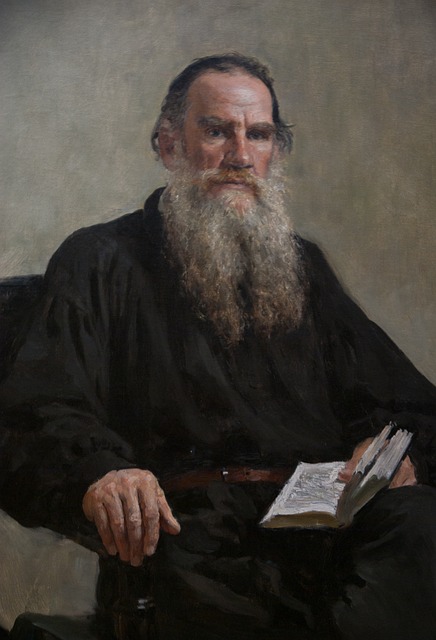
Leo Tolstoy, the Russian author of War and Peace and a giant in the literary world is a famous beekeeper. So obsessed was Tolstoy with beekeeping that his wife believed he may lose his sanity he was so engrossed with the occupation. Tolstoy famously references bees in War and Peace likening Moscow to a “queenless hive” having lost many of its residents following its capture by Napoleon:
In a queenless hive no life is left, though to a superficial glance it seems as much alive as other hives…To the beekeepers’s tap on the wall of the sick hive, instead of the former instant unanimous humming of tens of thousands of bees….the only reply is a distant disconnected buzzing from different parts of the deserted hive. From the alighting board, instead of the former spiritous fragrant smell of honey and venom, and the warm whiff of crowded life, comes an odour of emptiness and decay mingling with the smell of honey
Queenless Hive – War and Peace 1869
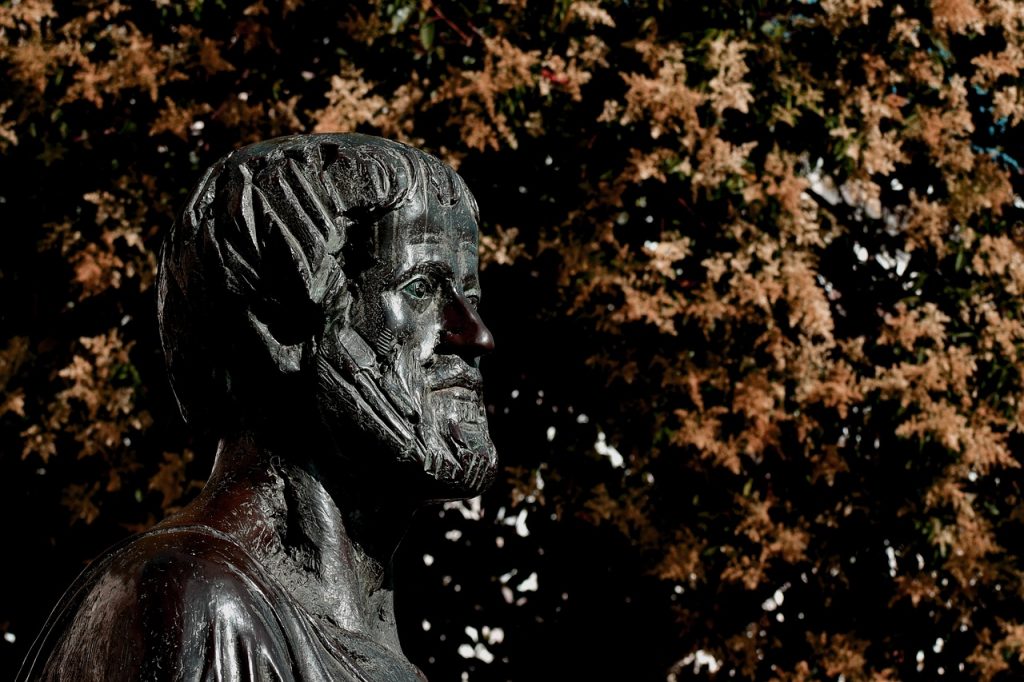
Aristotle is another famous ancient beekeeper from Greece. Born in 322 BC, both a philosopher and scientist he carefully describes his beekeeping in the Book IX Historia Animalium. He explains many important aspects of beekeeping in his work such as the need to leave the bees enough food to survive the winter, how to substitute honey for other foods when their supplies run short such as the use of figs and other sweet foods and how bees could be attracted and captured for cultivation with the use of sweet wine.
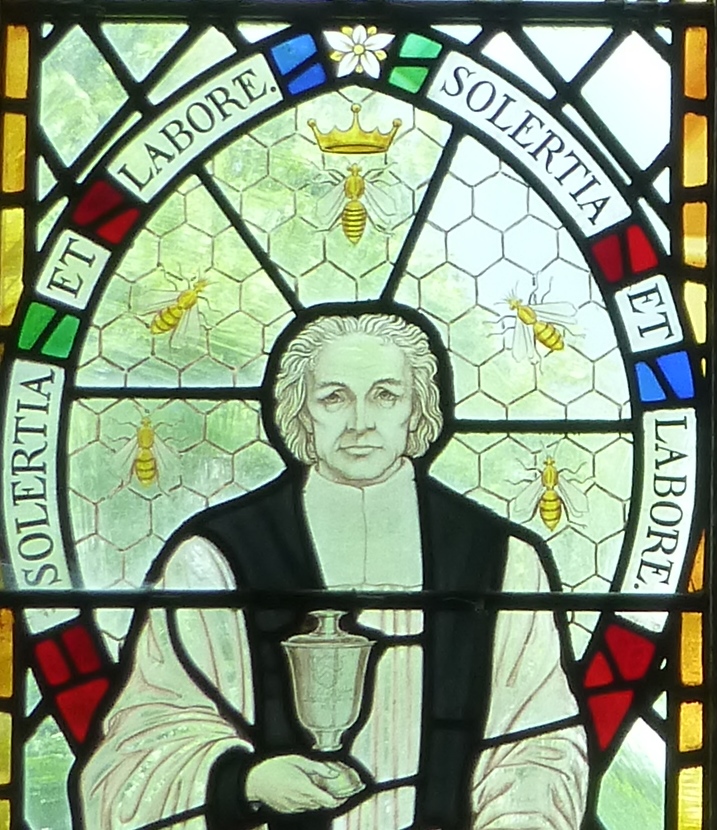
Reverend Charles Butler, often referred to as the father of English beekeeping brought what many recognise today as a scientific observational approach to beekeeping. Born in 1559 Butler produced a highly respected essay in 1623 called The Feminine Monarchie or a Treatsie Concerning Bees, and the Due Ordering Of Them.
Laid out much like a scientific paper the essay documented the different appearance of queens, workers and drones and explained the reproductive process of honey bees. The work codified much of what we understand about honey bees and is considered a scientific milestone.
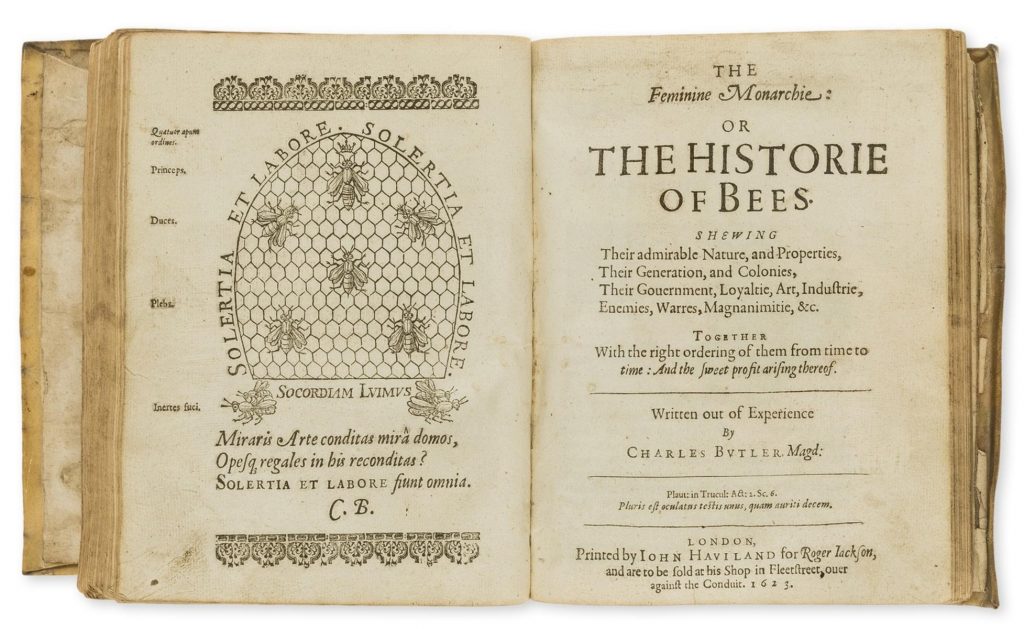
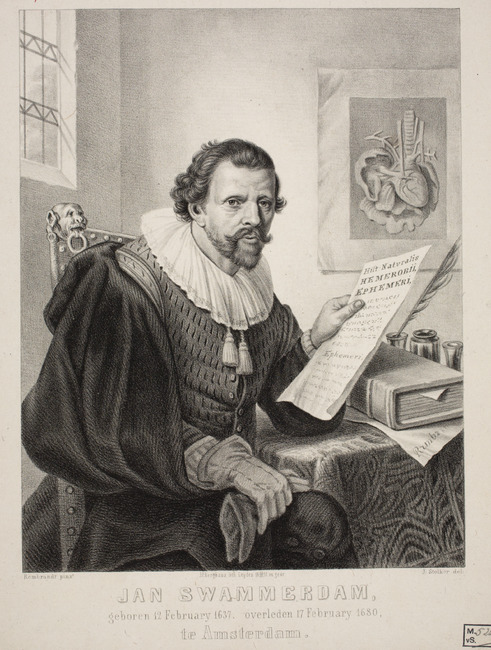
A Dutch naturalist called Jan Swammerdam born in 1637 did much to bring the microscopic world of the honey bee to the eyes of the general public. Swammerdam was an expert with microscopes and his work produced a number of discoveries such as the famous first illustration of a dissected queen bees ovaries, this confirmed to the world that the king bee, as was thought at the time, was in fact a queen.
Swammerdam went on to illustrate the brain of the honey bee, the optic nerve and the two compact eyes.
His work was preeminent in the understanding of bee anatomy and behaviour.
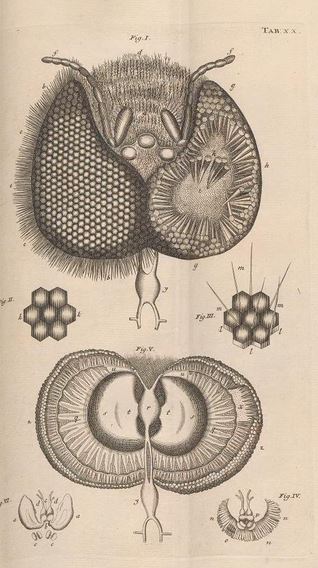
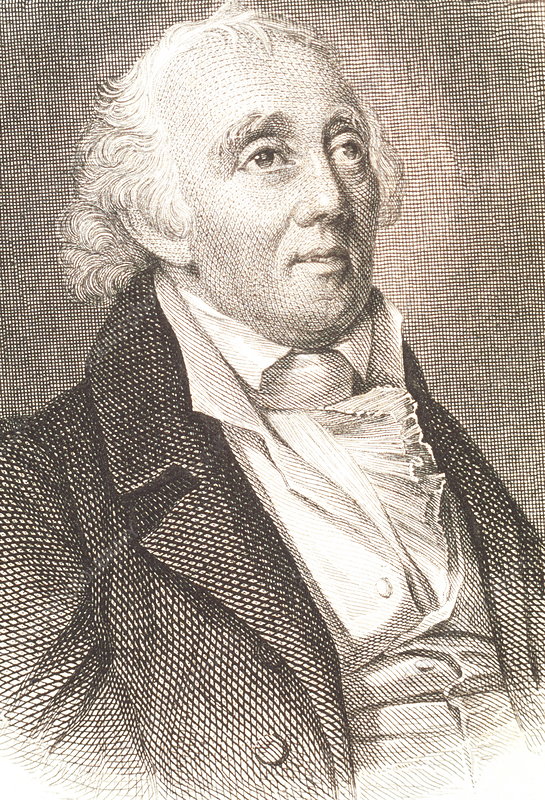
Francois Huber, a Swiss natural historian is commended with the discovery and documentation of the full reproductive cycle of honey bees. Born in 1750 Huber became blind as a teenager. Incredibly this did not reduce the effectiveness of this mans work. Working in collaboration with his wife Maria and capable assistant Francois Brumens, Hubers work went onto bring new innovation into beehive design with the production of a leaf hive, allowing for closer observation of a working hive than had previously been possible.
Using the leaf hive design Huber was able to discover that the mating process of honey bees takes place outside the hive.
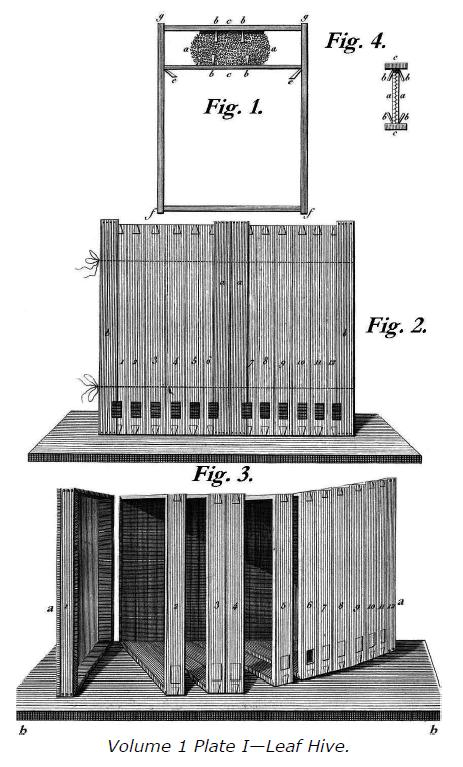
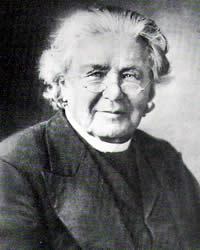
Lorenzo Lorraine Langstroth is the man principally credited with the biggest development in bee hive design. An American Clergyman and Apiarist Longstroth identified the need for bee spaces between bee frames should be between 6 – 9mm depending upon the variation of bees being cultivated. He discovered that spaces above 9mm mean’t that bees build wax bridges between frames, effectively glueing them together making it incredibly difficult for the beekeeper to remove them, thereby reducing productivity and effectiveness of a hive.
Langstroth built this discovery into his hive design patenting it in 1853. 75% of all hives around the world now incorporate the Langstroth hive design and the principle of the bee space.
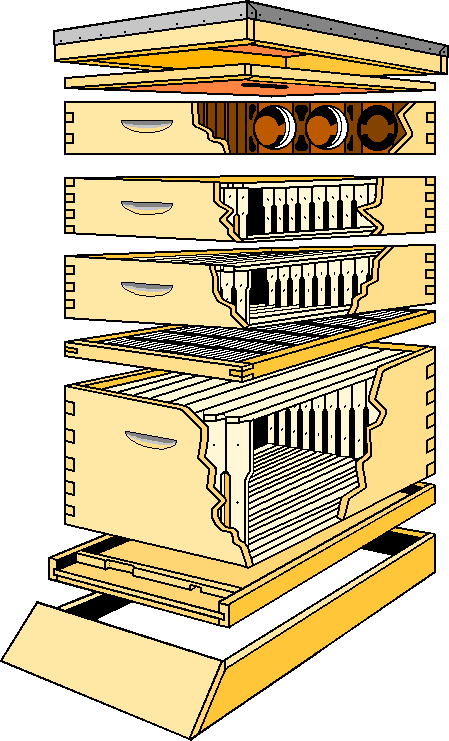
You can find some more interesting articles here on bees and beekeeping – Bee Forage Examples and our Beekeeping Blog
Some More Interesting Honey Articles:
Is Honey Good For You, and if so, What Are The Health Benefits Of Honey?